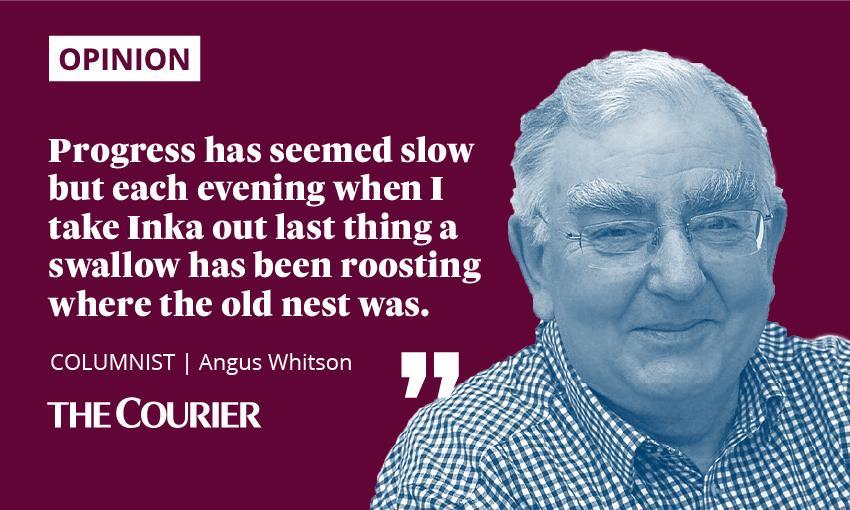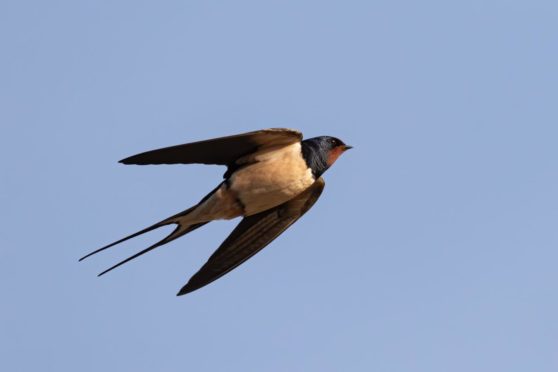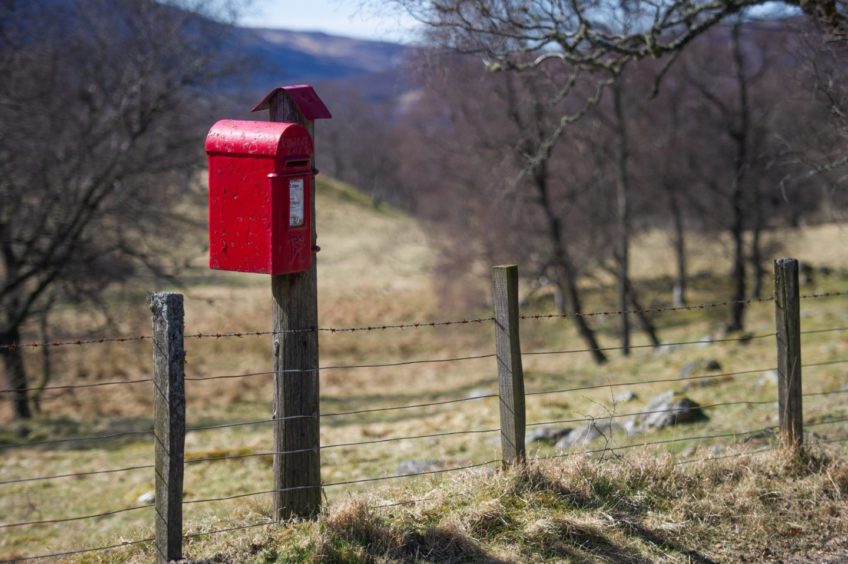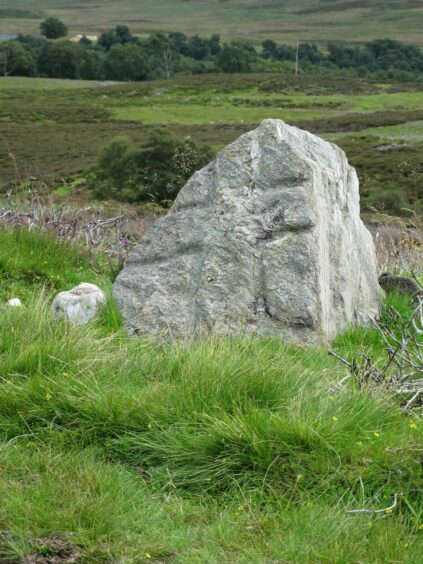The neighbourhood cats were taking an unusual interest in our garden.
We’re not a cat family but I like them when I meet them and they were quite welcome to call. And Inka has never shown the least animosity towards cats, so the visitors were quite safe.
It was the Doyenne who noticed the swallow’s nest lying on the ground where it had fallen from under the eaves of the gable.
It wasn’t so many weeks ago that I mentioned that an earlier nest had suffered a similar fate and I hoped it wouldn’t happen a second time.

In the quiet of the evening I’d heard chicks chattering amongst themselves inside the nest but don’t know whether they were fledged and able to fly.
If they were too young to have left the nest I suppose the cats got them.
What was interesting was what followed. To begin with a pair of swallows – the parents I presume – were flying into the space where the nest had been, twittering pitiably as they looked for their lost chicks.
A pair of house martins joined them and it began to look as though the martins were claiming the site for themselves.
Swallows’ perseverance might pay off
The birds sorted matters out in their own way and the swallows began building a new nest.
It seems a pair can gather more than 1,000 mud pellets and build a nest in one to two weeks.
With the continued good weather we’ve been enjoying my pair may be having difficulty finding muddy pools for their mud pellets.
Progress has seemed slow but each evening when I take Inka out last thing a swallow has been roosting where the old nest was.
They return here from their winter quarters in Southern Africa at the end of March to early April and lay from May to August, commonly laying two clutches and sometimes three.
One year we had a pair in our garage that were still fledging two chicks in October.
So there’s certainly time for this pair to rebuild their nest, to incubate and hatch another clutch, and fledge their chicks in time to set off on the 6,000 mile journey to overwinter in Africa.
Savouring the sun in glorious Glenesk
Seeing the sun glinting on the flanks of The Wirren guarding the entrance to Glenesk was all I needed to bundle Inka into the car and drive up the glen.
Glenesk is the most easterly of the Glens of Angus, stretching into the hinterland almost to neighbouring Royal Deeside.
I’ll admit to being biased, having known it all my life, but you’ll never persuade me it’s not the loveliest glen of them all.
Driving through Tarfside, the village at the head of the glen, I crossed the Water of Tarf and parked beside St Drostan’s Episcopal church.
The track heading off up the Hill of Rowan is the Whisky Road down which, in the eighteenth century, illicit whisky was brought on pack ponies from Deeside and even Moray to satisfy the demand of the Lowland drouth.
It’s an easy walk up the Hill of Rowan and a breeze coming from the south-east kept me cool.
The mood and character of the hills changed continually as the shadows of the clouds were chased across the brae faces.
Best is yet to come
The bell heather isn’t at its best yet – give it another month and it will be spectacular.
Several large bumbees sped past like the RAF Hercules transport planes that used to fly up the glen on training flights.
Half a mile up the track, on the left, you’ll see a crudely carved Cross Stone, almost certainly Pictish and around 1,500 years old.
St Drostan (560-630, or thereabouts) trained as a monk on Iona with St Columba. He became a hermit in Glenesk where he is said to have performed many miracles.
Could the Cross Stone be the earliest example of a finger post telling supplicants, seeking the good saint’s intervention, that they had nearly reached him?
The current building is the fourth Episcopal church to be built in Glenesk.
Religious tolerance was a fragile concept in those days and the Presbyterians burned it down
The original church dedicated to St Drostan was built at the foot of the Hill of Rowan, on the north side of the Whisky Road, in 1717.
Religious tolerance was a fragile concept in those days and the Presbyterians burned it down in 1746.
The remains of the original chapel are now almost entirely hidden in deep heather.
It was tiny – large enough for the altar and the celebrant and a handful of worshippers inside, with the majority of the congregation gathering outside.
Savouring the peace
Then it was time to head for home.
Inka had had the freedom of the hill and I had peace and escape from the tyranny of the mobile phone.
A word of caution before I close – if you walk up there with a dog, take a lead or keep your dog strictly at heel whenever you meet sheep.


